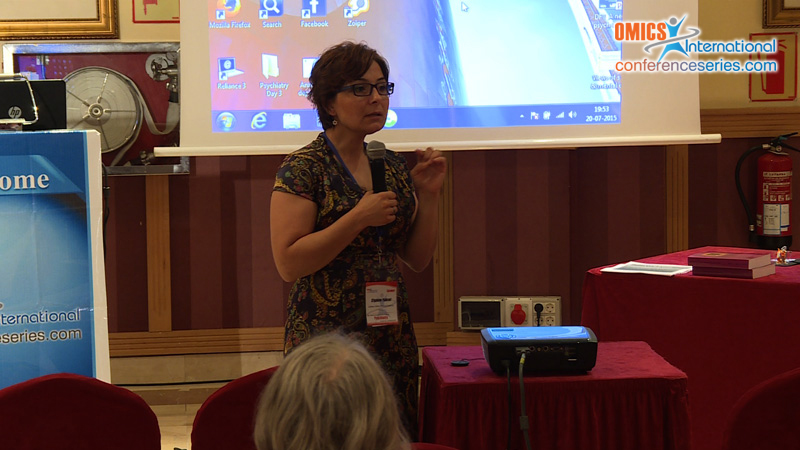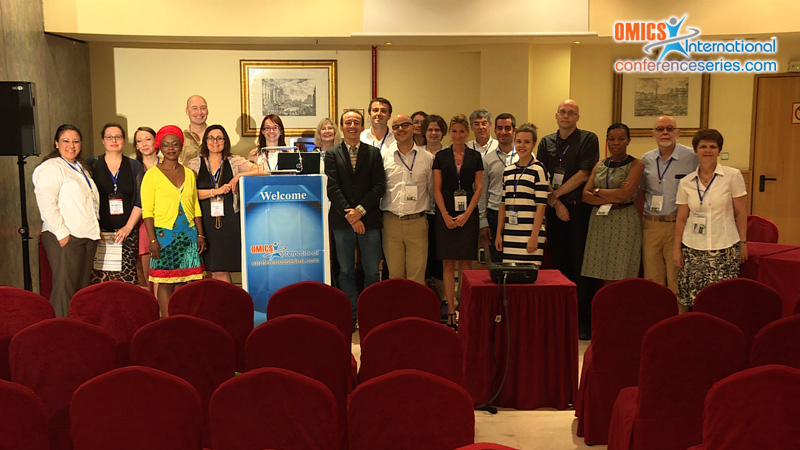Cigdem Yuksel
Gulhane Military Medical Academy, Turkey
Title: Transition between child and adolescent mental health services (CAMHS) and adult mental health services (AMHS)
Biography
Biography: Cigdem Yuksel
Abstract
Although child and adolescent’s transition from child and adolescent services to adult services has received much attention in the field of physical health, little attention has addressed the transition process in mental health services [1]. Nonetheless children and adolescents often struggle to move between child and adolescent mental health services (CAMHS) and adult mental health services (AMHS), and in particular that they are poorly supported. There is a growing evidence-base for interventions with children and adolescents, but transition in mental health settings is still the area where the evidence-base is scant [2]. A number of detailed international clinical guidelines
 has produced to guide intervention in mental health problems occurring in children and adolescent but still there are some differences among between them. It is important to use best practice guidelines to close the gap between current operational practice and the evidence-based practice in transition [3]. The purpose of this paper is to provide a critical review through screening literature for the guidelines released between 01.01.2010-01.03.2015 about transition between child and adolescent mental health services and adult mental health services and to describe the basic steps of effective transition in common. Google database were screened between 27.01.2015 and 01.03.2015 with the key words of ‘national transition guideline, CAMHS, AMHS’ and research restriction “all in text”. As a result of the screening, a total of 36 guidelines were obtained and 11 suitable results were taken into consideration. The results of this review study show that all guidelines define some issues in common. These are a) involving the young individual and the family for transition plans, b) early planning, c) referring the individual to accessible services appropriate to age, d) working in collaboration with other professionals and agencies, e) providing appropriate and accurate information, f) managing the service transition process, g) assessing needs and letting the individual to perform a more central role in deciding his/her care plan, h) assuring continuity of care and follow-up with planning and assessments, i) reviewing and evaluating practice and service models, and include young people, families and careers in the process. Focusing on the whole life of the child and adolescent when assessing needs and planning transition, including their family, friends, housing, school, college and work, as these factors will affect their overall wellbeing. Poor service transitions may cause disengage from mental health services despite continuing is needed which can seriously affect a young person's health and wellbeing, as well as that of their parents, careers and wider family. Adverse outcomes in mental health are associated with difficulties in many aspects of life, including being able to take advantage of education, training and employment opportunities. Proper planning in transition may improve mental health outcomes for child and adolescents



